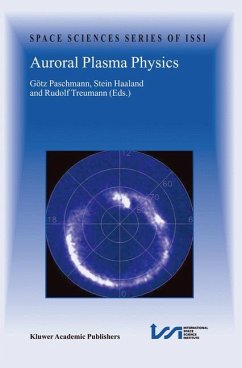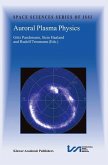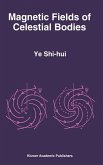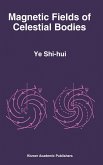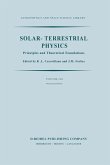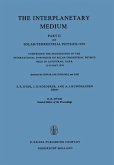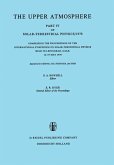The present 15th volume of the ISSI Space Science Series is devoted to Auroral Plasma Physics. The aurora is arguably the most intriguing phenomenon in space plasma physics. Not only is it the most spectacular manifestation of the Sun-Earth connection chain, but the underlying plasma processes are expected to be ubiqui tous in the plasma universe. Recognizing the enormous progress made over the last decade in the understanding of the physics of the auroral acceleration processes, it seemed timely to write a comprehensive and integrated book on the subject. Re cent advances concern the clarification of the nature of the acceleration process of the electrons that are responsible for the visible aurora, the recognition of the fundamental role of the large-scale current systems in organizing the auroral mor phology, and of the interplay between particles and electromagnetic fields. The project began in March 1999, as a natural follow-up of the project on Magnetospheric Plasma Sourcesand Losses that resulted in volume 6 of this se ries, with a planning meeting by a core-group that coordinated the project. The group consisted of J. E. Borovsky, Los Alamos National Laboratory; C. W. Carl son, University of California, Berkeley; G. Haerendel, Max-Planck-Institut fur ex traterrestrische Physik, Garching; B. Hultqvist, Swedish Intitute ofSpace Physics, H. E. J. Koskinen, Finnish Meteorological Institute, Helsinki; W. Lotko, Kiruna; Dartmouth College, Hanover, New Hampshire; K. A. Lynch, University of New Hampshire, Durham and G. Marklund, Royal Institute ofTechnology, Stockholm. G. Paschmann, ISSI, Bern, was the project leader.

